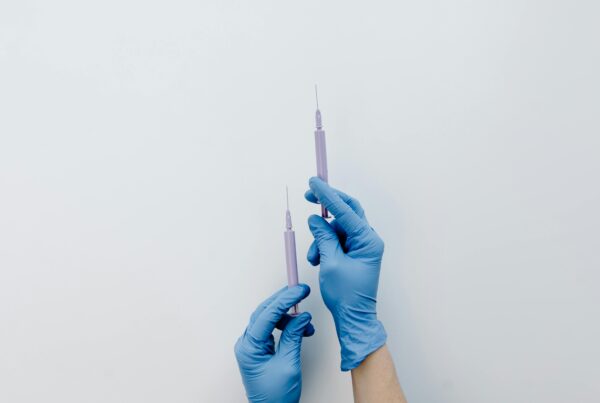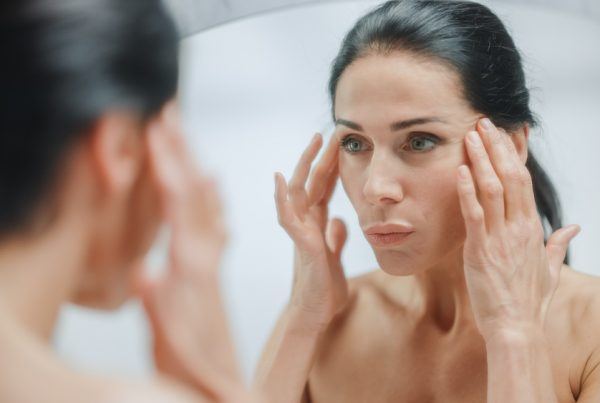Your linen is the one surface your skin and face touch most often. All the dirt and grime from your day-to-day activities is transferred onto your bed. Unless you’re washing your pillowcases and linen on a daily basis, you’re probably sleeping on a petri dish of dirt and bacteria.
Now, not all linen is the same. Based on what material is used, it can either be beneficial to your health or cause you more harm. From speeding up the aging process to causing skin dehydration, it is very important to take note of what you’re sleeping on, as it is just as important as what you’re putting onto your skin.
There are a variety of linen bed sets available on the market. From silk to Egyptian cotton, we’re taking a look at the most popular ones. We’re also breaking down how they can impact your health and your skin, with the first being silk.
1. Silk
You cannot mention bedding without silk popping up. Perhaps one of the most popular fabrics due to their protective qualities, silk isn’t just ideal for your hair, but also for your skin.
Bedding acts as a permeable layer between your skin and the environment. Silk fiber naturally regulates your body temperature, keeping it at equilibrium throughout the night. So instead of trapping heat, it allows your body to warm up or cool down as required. This impacts your health and skin by limiting sweating.
Impact of Sweating On Skin
Kathleen S. Viscusi, MD, a board-certified dermatologist says “sweat (prompts) your pores to flush out oil and dirt. When sweat collects and dries on the skin, this dirt, oil, and bacteria can become trapped under the skin…”
This is what happens when you sweat at night, with sweat being left to linger on the body. When left unwiped, the bacteria from your sweat is reabsorbed into the skin, leading to pH changes, rashes, skin irritation, and breakouts.
Low Absorption Rate
As a tightly woven fabric, silk is smooth, which ensures that moisture remains locked into the skin. Silk pillowcases do not absorb oil, dirt, or moisture, unlike cotton pillowcases. This proves to be helpful in terms of your evening skincare routine.
Ensuring that your product stays on your face, your skin is able to completely absorb it. Using cotton pillowcases, the product can be absorbed from your skin, leaving it dry and affecting the efficiency of your routine. Dry skin has been shown to shrivel plump skin cells, leading to premature fine lines and wrinkles.
Improved Skin Texture
Silk pillowcases are super smooth, making the fabric glide across your skin as opposed to pulling it like cotton. This reduces the formation of fine lines and wrinkles, leaving your skin looking younger and more elastic. Silk also contains natural protein and 18 essential amino acids, which speed up skin cell metabolism while you sleep, aiding skin regeneration.
Can Help Ease Acne
Yoram Harth, a board-certified dermatologist, says “silk pillowcases are gentler on the skin of people with acne or sensitive skin than rough cotton pillowcases,” adding that the friction from cotton on pimple-prone skin causes inflammation, which makes acne worse.
A recent clinical trial showed a reduction in pimples in people who used silk pillowcases in comparison to those who used cotton pillowcases.
2. Satin
Since silk is an expensive, luxury fabric, consumers tend to look for more budget-friendly options, which is where satin comes in. Considered to be “silks’ more affordable cousin,” or even “fast food silk,” satin is a budget-friendly alternative. With its silky texture, it yields skin benefits that are quite similar to satin, including:
- Promoting moisture retention: Due to its low moisture absorption, satin ensures that your skin remains moisturized, giving it a supple, youthful look.
- Fewer Skin Creases: Due to its soft texture, satin also ensures that you experience fewer skin creases, which can lead to sleep wrinkles.
However, silk isn’t the only alternative to cotton on the market. But just how good are these alternatives, and how do they impact your skin in the long run?
3. Egyptian Cotton
Made from all-natural fibers, Egyptian cotton sheets have a reputation for their durability, softness, breathability, and being environmentally friendly. Harvested in the Nile River Valley, these extra-long staple cotton fibers are handpicked to ensure softness and flexibility.
Hypoallergenic
This fabric is naturally hypoallergenic, which means its manufacturing process contains minimal chemical factors that are known allergens. This means it is less likely to cause allergic reactions or irritate your skin. If you have sensitive skin or are affected by eczema or psoriasis, this fabric can help provide much-needed relief.
Temperature Regulation
The high-quality moisture-wicking material used helps regulate your body temperature by ensuring that sweat is drawn away from the skin to cool you down. As mentioned earlier, sweating has some serious consequences when it’s left on your skin for extended periods of time, including when you sleep. This is due to its high absorbent levels.
High Absorbent Level
Although this is a luxury fabric, it is still a form of cotton, which makes it highly absorbent. In fact, Egyptian cotton has been found to have more absorption than normal cotton. It is made up of long, dense threads that are more porous, which makes it absorb moisture quickly.
While this is good for sweat absorption, it isn’t good for your skin. Any products that you use on your skin (whether it be your face or your body) will be absorbed by the fabric. Dr. Harth explains that cotton “sops up the natural oil and bacteria from your face,” which accumulates on your pillowcase, creating “a petri dish” of dirt and bacteria.
4. Bamboo Viscose
Being resistant to bacteria, this non-irritating, non-allergenic fabric naturally deflects dust mites and other common allergens. These anti-bacterial qualities ensure that your skin is protected from breakouts that are caused by microorganisms and experiencing allergic reactions that can appear as bumps or hives. In fact, this fabric is even recommended by the National Eczema Society for soothing and protecting sensitive skin.
Temperature Regulating
Similar to silk, bamboo viscose keeps your body temperature at an equilibrium, which ensures that sweating is kept at a minimum. This ensures that your skin stays hydrated, which protects you against the onset of premature aging.
Low Absorption Rate
Due to its temperature-regulating abilities, bamboo viscose doesn’t need to absorb sweat to keep you cool, allowing it to have a low absorption rate. This makes it beneficial to evening skincare, as it ensures that your skin absorbs the product, and it doesn’t get wasted on your pillowcase.
Improved Skin Texture
This fabric has a silky smooth texture, which prevents friction between your face and pillowcase. This ensures that your skin isn’t pulled, which typically leads to the formation of wrinkles and fine lines. Thus, the smooth texture prevents the onset of premature aging.
5. Copper Infused Linen
This is perhaps the most sophisticated and medicinal form of linen. According to a study published in the International Journal of Cosmetic Science, people who slept on a copper-infused pillowcase for a month saw a significant reduction in facial wrinkles and an overall improvement in skin appearance.
Dr. Adam Fox, a pediatric allergist says, “our bodies shed millions of skin cells each day, many of which rubs off on our sleep and are (deposited) in our beds. In addition to skin cells, our bodies also secrete fluids, sweat, and oils during a long night’s sleep. [This can] pose a problem because they are appealing for dust mites.”
While dust mites are harmless, their droppings are laden with allergens, and when inhaled, they can provoke asthma, rhinitis, and worsen eczema.
Antimicrobial Protection
According to research conducted by the EPA, copper was able to kill 99.9% of bacteria within two hours, making it popular for its ability to kill viruses and fungi upon contact.
Soft and Healthy Skin
Copper promotes angiogenesis, the development of new blood vessels from pre-existing vessels. Along with this, it supports the synthesis of collagen and elastin. These two proteins work to slow down the aging process and ensure healthy skin
However, this linen is made up of cotton and, as we’ve established, cotton is highly absorbent and can cause inflammation, leading to severe acne.
So What’s The Verdict?
Caren Campbell, M.D., says “sheets that keep you cool and comfortable are best,” adding that silk sheets can be “less irritating to the skin.” However, it all goes back to your individual needs. Copper-infused linen carries protective and healing properties, while silk linen aids in anti-aging.
These different linens carry their own set of benefits and a few cons. Thus, it is important that you do your research. You need to be able to understand that what you wrap your skin in at night is just as critical as what you put onto it.
MAIN IMAGE CREDIT: Photo by Logan Nolin on Unsplash
References
- He, Y., 2021. The Analysis of Persuasive Language of Netvertisement: A Pedagogical Proposal. Language in India, 21(12).
- Reitz, T.A., Reeder, M., Dang, A. and Sarmadi, M., 2022. Formaldehyde Released from Clothing Articles and Pillowcases. AATCC Journal of Research, 9(4), pp.205-212.


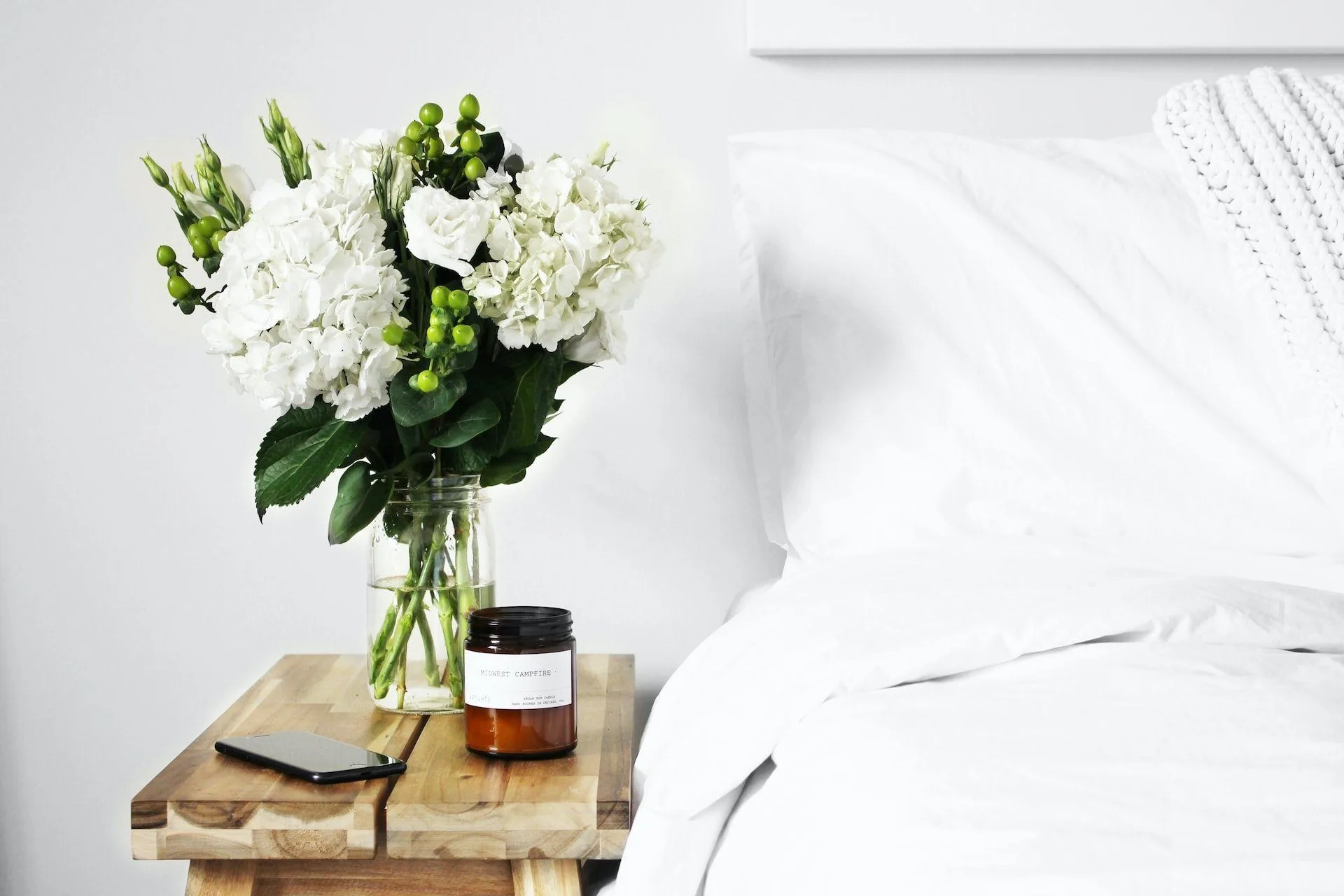
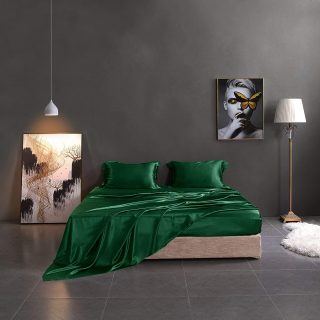

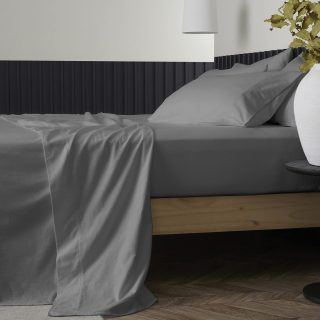
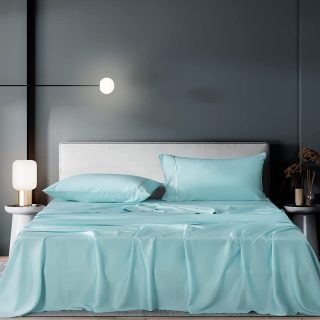
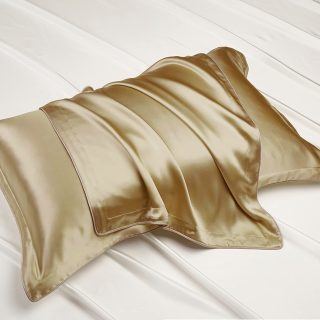
![women [longevity live]](https://longevitylive.com/wp-content/uploads/2020/01/photo-of-women-walking-down-the-street-1116984-100x100.jpg)





